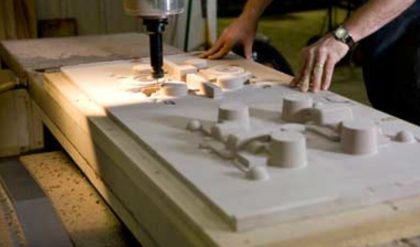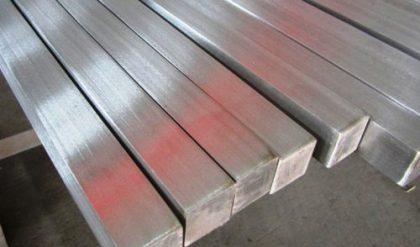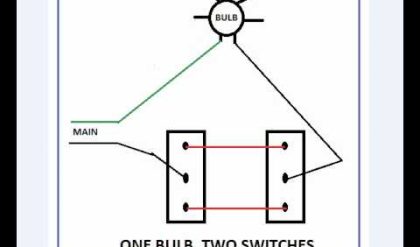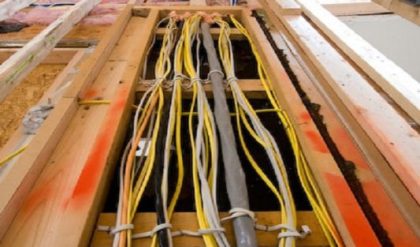Introduction
Foundry practice deals with the process of making castings in molds, formed in either sand or some other material. The process involves the operations of pattern making, sand preparation, molding, melting of metals, pouring in molds, cooling, shake-out, heat treatment, finishing, and inspection.
Pattern
Pattern is the principal tool during the casting process. It may be defined as a model of anything, so constructed that it may be used for forming an impression called would in damp sand or other suitable material.
When this mold is filled with molten metal and the metal is allowed to solidify it forms a
reproduction of the pattern and is known as casting. The process of making pattern is known as pattern making.
Mold
Mold is cavity formed by the pattern. It is similar in shape and size to that of the actual casting plus some allowances for shrinkage, machining etc. Molds are classified as temporary and permanent. Temporary molds are made of refractory sand and other binding materials and may be produced either through hand molding or machine molding.
Molding Sand
Sand is the principal material used in foundry. The principal ingredients of molding sands are:
Silica sand, clay, moisture, and miscellaneous materials. Silica sand withstands very high
temperatures and doesn’t react with the molten metal.
Clay imparts the necessary bonding strength to the molding sand.
Moisture in requisite amount furnishes the bonding action of clay.
Miscellaneous materials that are formed in addition to silica and clay penetrates the mixture and
forms a microfilm which coats the surface flake shaped clay particles.
Natural molding sand is available in river beds or dug from pits. They possess an appreciable
amount of clay and are used as received with addition of water.
Synthetic sands are prepared by adding clay, water and other materials to silica sand so that
desired strength and bonding properties are achieved which are not possessed by natural sands.
Properties of Molding Sand
The essential requirement of good molding sand is that it should produce sound castings which
are free from defects. For producing sound castings, molding sand or mold should possess the
following properties; to quote a few:
Porosity or Permeability
When molten metal is poured into a mold, gases and steam are passed through it. If they are not
removed, casting defects such as blow holes will be formed.
Flowability
Flowability of molding sand refers to its ability to its ability, under externally applied forces
(ramming), into deeper sections of the pattern and uniformly fill the flask. Flowability increases
as clay and water content increase.
Collapsibility
Collapsibility is the property of sand that permits it to collapse (break) easily during its knockout
from the castings. This property is particularly important for cores. This property depends on
amount of the sand, clay and type of binder used.
Adhesiveness
Adhesiveness is the ability of a molding sand to stick on the surface of molding boxes. It is due
to this property that the sand mass can be successfully held in a molding box and it does not fall
out of the box when it is removed.
Cohesiveness or Strength
This is the ability of sand particles to stick together. Insufficient strength may lead to a collapse
in the mold or its partial destruction during conveying, turning over or closing.
Refractoriness
The sand must be capable of withstanding the high temperature of the molten metal without
fusing.






Comments are closed.